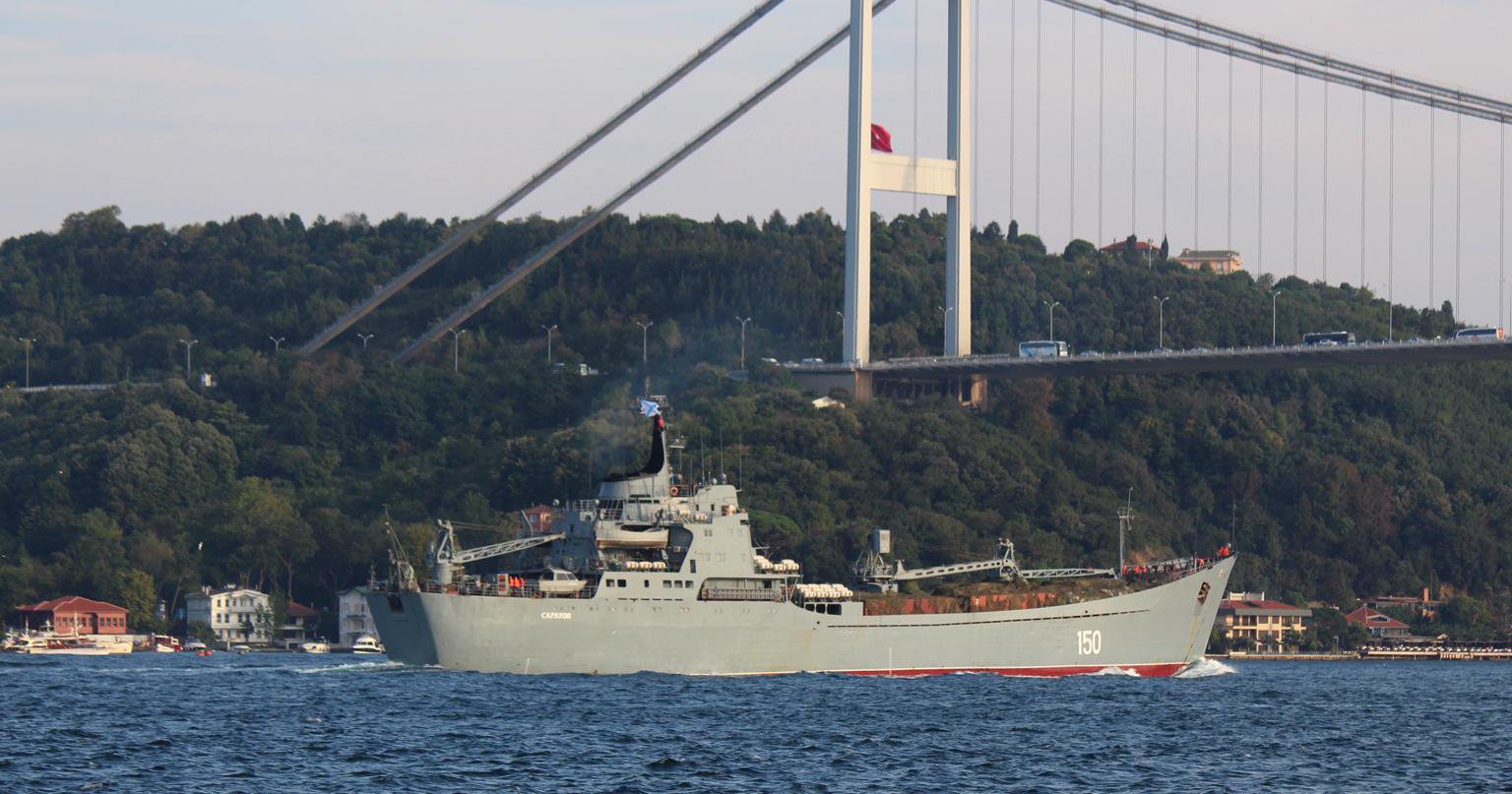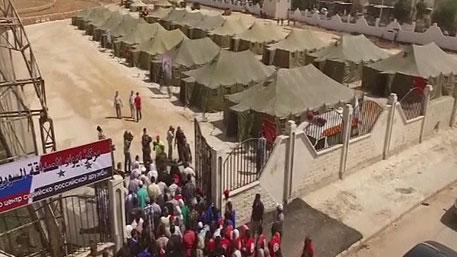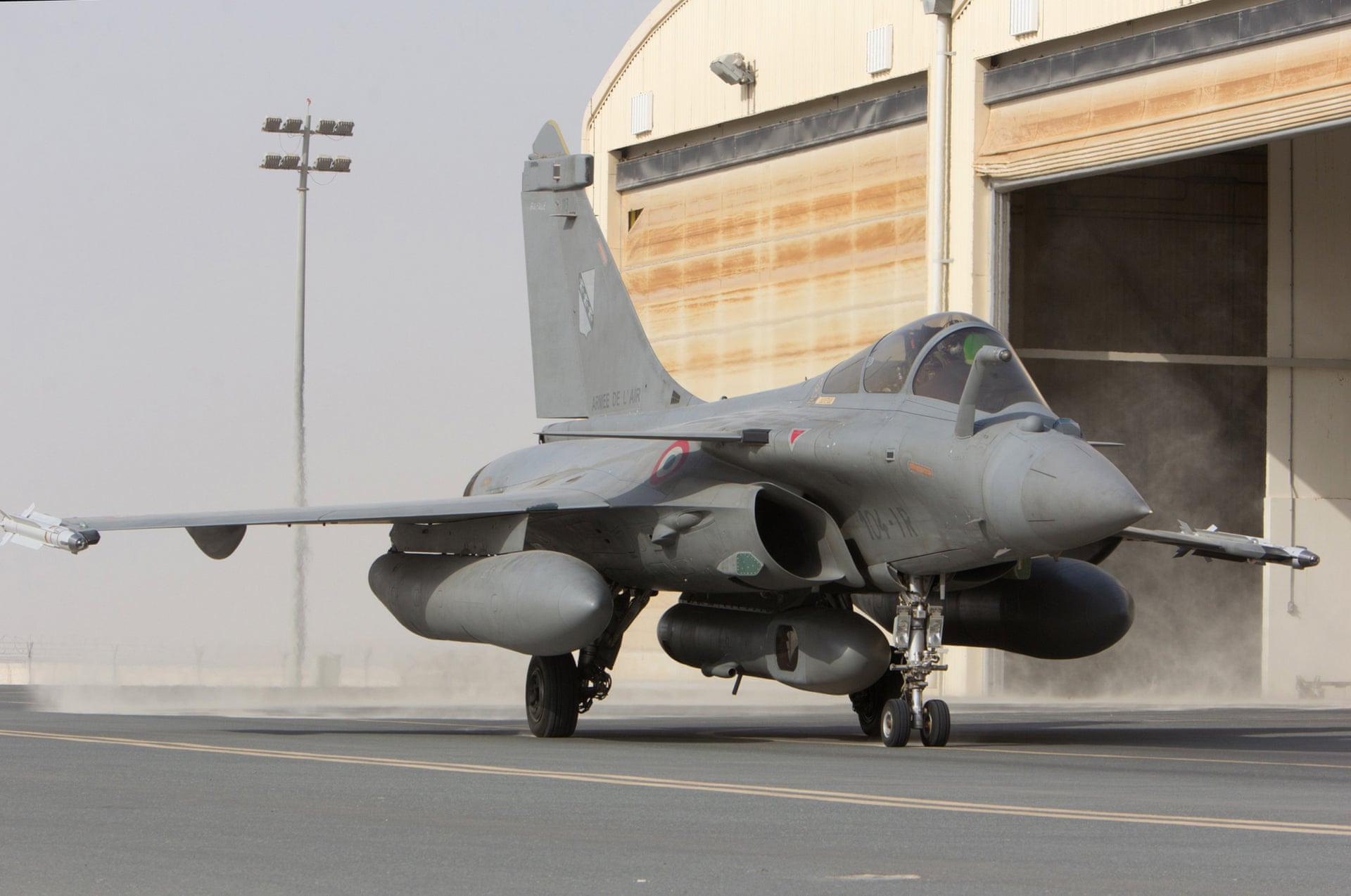 max steel Sat Sep 26, 2015 10:06 pm
max steel Sat Sep 26, 2015 10:06 pm
The Syrian Rift: 10 Major Developments
1. Syrian armed forces have successfully defended the strategically important province of Latakia, sweeping much of it from Islamist militants. The threat of the Syrian state being landlocked is gone, more or less stable front line was formed in Latakia.
2. A threat by the Islamists of splitting Syria into two parts is removed – as a result of nearly two months of active defense of the highway Homs-Damascus government troops retained control of the important line of transport communications.
3. As a result of limited SAA offensive (troops loyal to Assad ) a bridgehead was captured for an attack on Palmyra, held by the ISIS militants – the complex of monuments of historical and cultural heritage, a strategically important transport hub and a regional center and a psychologically significant point on the map – the liberation of Palmyra many Syrian soldiers consider a matter of national honor.
4. Intensified actions of the Syrian air force and the effectiveness of barreled and jet artillery. During the operation against the militants of “Al-Nusra” in Latakia in 2 days with minimum losses the government troops liberated territory held by the militants since the end of 2013. In the operation near Palmyra the Syrian air force only in 2 days – from August 18-20 made a few dozen sorties, losing a fighter-bomber and two helicopters.
5. On September 19-20 for the first time since the beginning of August, the Syrian army has supported the Republican guard corps and allied forces fighting for Deir ez-Zor. Previously a giant “cauldron” in the East of Syria was repeatedly called by the bloggers the "Middle Eastern Stalingrad" with no chance of deblocage. Systematic air strikes on surrounding the Syrian military ISIS terrorists and supply of the blocked Syrian troops allows the Syrian command to hope for the preserving the control over Deir ez-Zor under their control. However, the remoteness of the “cauldron” from the “mainland” for hundreds of miles almost eliminates the chances of the surrounded to return from the battle alive.
6. Increased the quality of Syrian intelligence – this allows to quickly and accurately estimate the size and position of the enemy and destroy them, saving human resources of the SAA.
7. The level of Russian military presence in Syria increased several times. Military supplies, logistics and intel aid from Russia will increase the chances of thinning pro-Assad forces for the effective fight.
8. There is an apparent consensus between Russia and the US on the Syrian issue. For example, the United States had evacuated from the Syrian-Turkish border the "Patriot" air defense, able to counter the Syrian air force operations and possibly the Russian. Diplomatic activity of the United States indirectly testifies to the desire of the leadership to create a common front against the Islamists, therefore, US is changing the rhetoric against Assad – today he is regarded as the the only and temporary, but worthy of support ally in the fight against radical Islamism.
9. According to some information, ISIS continues to receive military support from third countries (possibly Turkey opposing the Kurds or Saudi Arabia, using the troops of the “Islamic state” against the Houthis in Yemen ).
10. Finally, the media activity of the first persons in Syria has increased. President Bashar al-Assad gave an interview in which he constructively described the situation in the country and expressed the hope for victory. The absence of pessimism or external manifestations of hysteria from the central government is important in this crucial period for the country.
However, it should be noted that more than half of Syria today is under ISIS control, in the North the Islamists are successfully opposed by the Kurds, not recognizing Assad's government and pursuing their own nation-building after the war. The Assad regime has lost a number of oil fields, military arsenals and significant roads within the country, as well as control over the border with Iraq, Jordan and de facto Turkey. In addition to ISIS there are more than three dozen other militarized groups opposing Damascus and each other. In fact under the control of the security forces of Damascus remains the most densely populated and urbanized, but comprising no more than 40% of the pre-war borders of Syria, region - the so-called “Little Syria”.
Only large-scale air and ground offensive against ISIS can turn the tide in favor of Damascus in order to oust the “Caliphate” into the desert, depriving of the control of roads, settlements and hydrocarbons deposits. Despite the obvious successes in the active defense the Syrian army in its current state is not capable of such large offensive operations without external support. The strategic counter-offensive on the Islamists continues to be most likely doomed to failure.















 sepheronx
sepheronx